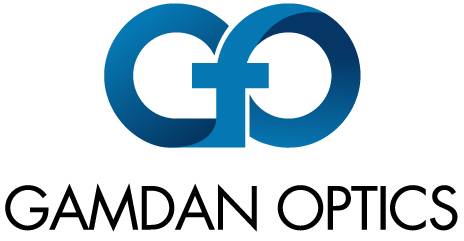The details of a coating design involve the thickness and material choice for each coating layer. This affects the optical field intensity distribution within the coating, and that affects the laser induced damage threshold (LiDT). The choice of coating materials also affects the thermal expansion mismatch between the coating and the substrate, a factor that affects coating adhesion and coating cracking or crazing.
Read MoreThis article will concentrate on coatings applied by vacuum deposition, which gives durable reliable coatings. There are other techniques for reducing surface reflectivity such as sol-gel coatings or nano-structured surfaces.
Read MoreBefore light sources with considerable coherence length were available (think lasers), opticians formed fringe patterns using a test plate, also known as an optical flat. Spherical test plates also exist, to check the surface of lenses, or curved mirrors. These test plates could be placed in close proximity to each other, so common light sources could be used.
Read MoreA perfectly generated wave may be plano or spherical. What happens to it as it travels may alter that perfect shape. This circumstance is called wavefront distortion.
Tight control of crystal growth, sophisticated selection of material, near compulsive attention to detail in manufacturing and polishing combine with discriminating inspection practices to ensure that GAMDAN Optics products are free of transmissive wavefront errors.
Read MoreAn interferometer is a device to make precise measurements using light. Modern interferometers often use laser light because the light is generally a discrete wavelength and the light beam can readily be collimated or expanded. The name is derived from utilizing the characteristic property of the wave-like nature of light to combine a light beam with another, or often with itself, to cause subtraction or addition to the intensity at a point (interference) measured (metered) by the instrument.
Read MoreIn the most general terms, laser induced damage is any undesirable degradation of the coating, surface, or bulk material which causes a loss of function, generally to an optical element, and results from exposure to a laser beam. Laser damage, on the other hand, is what happens when you drop your laser or leave it out in the rain. But "laser damage" is often verbal shorthand for laser induced damage. We will stick with the more precise term here.
Read More





